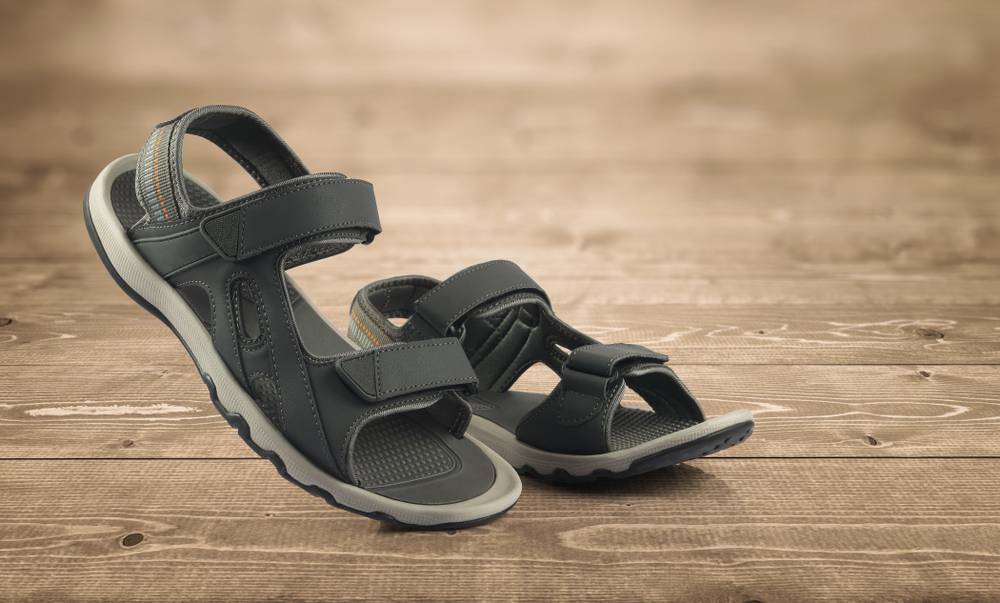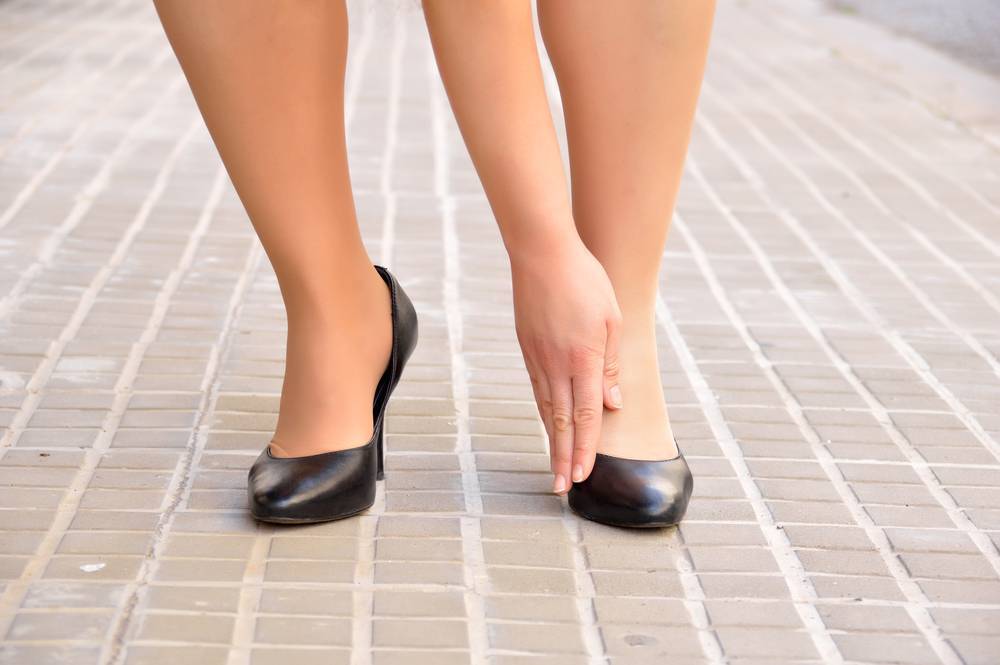Bunions, or hallux valgus, are a common foot deformity. In this second part our 3-part series with Dr Tan Ken Jin, Orthopaedic surgeon of Orthosports, Mt Elizabeth Novena Hospital, learn about the symptoms of bunions, and how bunions can be treated. If you have bunions, consult with a doctor to understand more about treatment options for your specific condition.
PSA: Medical Channel Asia (MCA) is now on Telegram! Join us here https://t.me/MedicalChannelAsia for daily reads and the latest updates at your fingertips!
Signs and symptoms of bunions
As the bunion forms, one will see a protrusion at the base of the big toe. “You may feel like your foot is broadening because of this prominence,” says Dr Tan. The big toe will also be bending towards the second toe. As the condition worsens, the big toe may not be able to return to a straight position.
There may also be redness and irritation over the bunion site, and the skin over the bunion can be shiny and warm to the touch. The movement of the big toe may also be limited due to the bunion, which may lead to difficulty walking.
Bunion relief
Non-surgical options
For a painful and sore bunion, resting and icing the area is an option. Dr Tan also suggests taking simple painkillers or anti-inflammatory medication.
One popular product on the market for bunions is the bunion splint. In theory, they help to hold the big toe in alignment to ease bunion pain. “This (bunion splint) may help alleviate your symptoms,” says Dr Tan, “but over time they are not able to actually correct your bunion.”
If the bunion is not severe, symptoms can be alleviated by modifying footwear. “Wearing shoes with a wide toe box, or open slippers and sandals will prevent friction and rubbing on your bunion,” says Dr Tan, thus reducing symptoms of pain. One can minimise the wearing of high-heeled, narrow shoes; and choose wide and supportive shoes to help reduce their symptoms.
Surgical options
In cases where pain persists despite trying non-surgical treatments, surgery can be performed to correct the bunion. As bunions cannot go away on their own, surgery is often the only effective treatment for more severe bunions. Many different types of bunion surgeries are available. “These include things (procedures) like a bumpectomy surgery, where part of the bone is shaved only; to things like fusion surgery or open surgery to correct your bunions” says Dr Tan. Last but certainly not least, minimally invasive bunion surgery is also an option.
Bunion complications
“The most common issue if bunions are left untreated is that they will progress – means the bunion will get bigger, slowly over time.” cautioned Dr Tan. They may not hurt at the start, but as the bunion progresses, there can be more pain and inflammation. The broadening of the foot from the protruding bunion may start to restrict the choice of footwear.
Bunions can even affect one’s exercise choices. “For example, after walking for a prolonged period, the bunion may hurt more,” says Dr Tan. Painful bunions may keep one away from exercises that cause pain, which can hence negatively impact health.
As the big toe further drifts towards the second toe, Dr Tan notes that it may force the second and third toes to start forming hammertoe deformities, which can be painful in their own right.
Over time, callouses (thick, hardened skin) can build up at various points of the foot. This can include the skin over the bunion, underneath the big toe and the second toe, and at the bottom of the foot.
When to see a doctor for bunions
“Generally, if your bunion is interfering with your lifestyle, and is painful, that is a good time to consider seeking treatment for your bunions,” says Dr Tan. He recommends seeking treatment early for bunions, as it is easier to treat it earlier rather than later. Furthermore, innovations like minimally invasive bunion surgery is only suitable for mild to moderate bunion conditions. If the deformity had progressed beyond a certain degree, more invasive surgical options like open surgery may be required to correct the deformity fully.
–
Read others in our Bunions series with Dr Tan Ken Jin!


